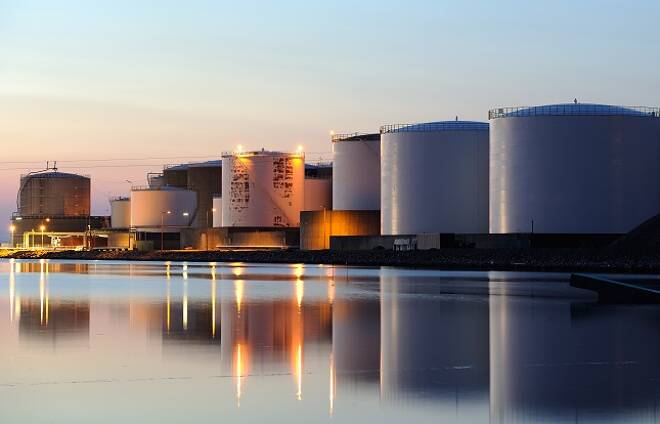Advertisement
Advertisement
Annual Energy Market Outlook – 2016
By:
It was a good year overall for the instruments in the energy sector as they enjoyed a buoyant year during the course of 2016, helped in no measure by the
It was a good year overall for the instruments in the energy sector as they enjoyed a buoyant year during the course of 2016, helped in no measure by the respective producers and governments who would not like to see the energy prices go down, atleast not yet, as their entire economies would be thrown into jeopardy if that were to happen so.
This was best highlighted in the response of the oil producers within and outside the OPEC as they met towards the end of the year. Oil had already been having a pretty good year compeared to what happened to it in 2015 and the year only got better once the producers met and decided to cut the production of oil in order to boost the prices. This is the kind of support that the energy instruments are likely to get from their respective governments and these should be enough to keep the energy prices buoyant. The only thing that can topple such copperation among the producers is some geopolitical conflicts like what we had seen in 2015 which had led to a large drop in the energy prices. But nothing of that sort has happened this year and we saw crude oil, brent, natural gas, gasoline and heating oil enjoying a good year.
Natural gas also had a good year after ending last year weakly as the demand continued to be quite high and with the announcement that BP would also be entering into the natural gas market in a large way in the coming year. This was enough indication to show that the market is full of potential and the natural gas market is only going to grow in the future and this has kept the prices stable and well supported.
For this year, the star has definitely been crude oil which saw it rise from its lows at around $27 to reach as high as $55 towards the end of the year. The recovery in the oil prices began pretty yearly in the year as the demand for oil continued to be high while the supply was hit due to geopolitical tension and this helped the prices to climb up towards the 40s. But towards the end of the year, we saw the prices jump even further as the oil producers decided to cut their production from January 2017 as a measure to increase the oil prices. These economies were suffering due to the low oil prices and this was a last gasp measure to save their economies and it was indeed quite a surprise that they decided to work closely together to achieve this and this helped to push the oil prices towards $55.
Looking ahead to 2017, we expect the energy prices to continue to be buoyant with crude oil and natural gas leading the way. Unlike the other instruments, all these are highly essential commodities and large parts of the world continue to depend fully on these for their day-to-day activities. This is one of the major reasons why energy prices are always likely to be buoyed. The Fed hiking interest rates could have an impact on these instruments but its impact on the energy prices would be much less compared to others. Crude oil is likely to settle around $60 a barrel as this is the price that the producers would be comfortable with, to sustain their economies at a level that they wish to. This would mean that the prices are likely to range near their highs for a large part of the year in 2017 interspersed with periods of correction. The only thing that could throw the spanner in the works is the thinking in the market that the producers may not continue to get around with each other for long and the agreement would then ultimately break and this would place the prices in jeopardy. This would, though, prove to be a boost for natural gas as investors would then switch their investments towards natural gas in the hope of better and safer returns.
Related Articles
About the Author
Colin Firstauthor
Colin specializes in developing trading strategies and analyze financial instruments both technically and fundamentally. Colin holds a Bachelor of Engineering From Milwaukee University.
Advertisement
